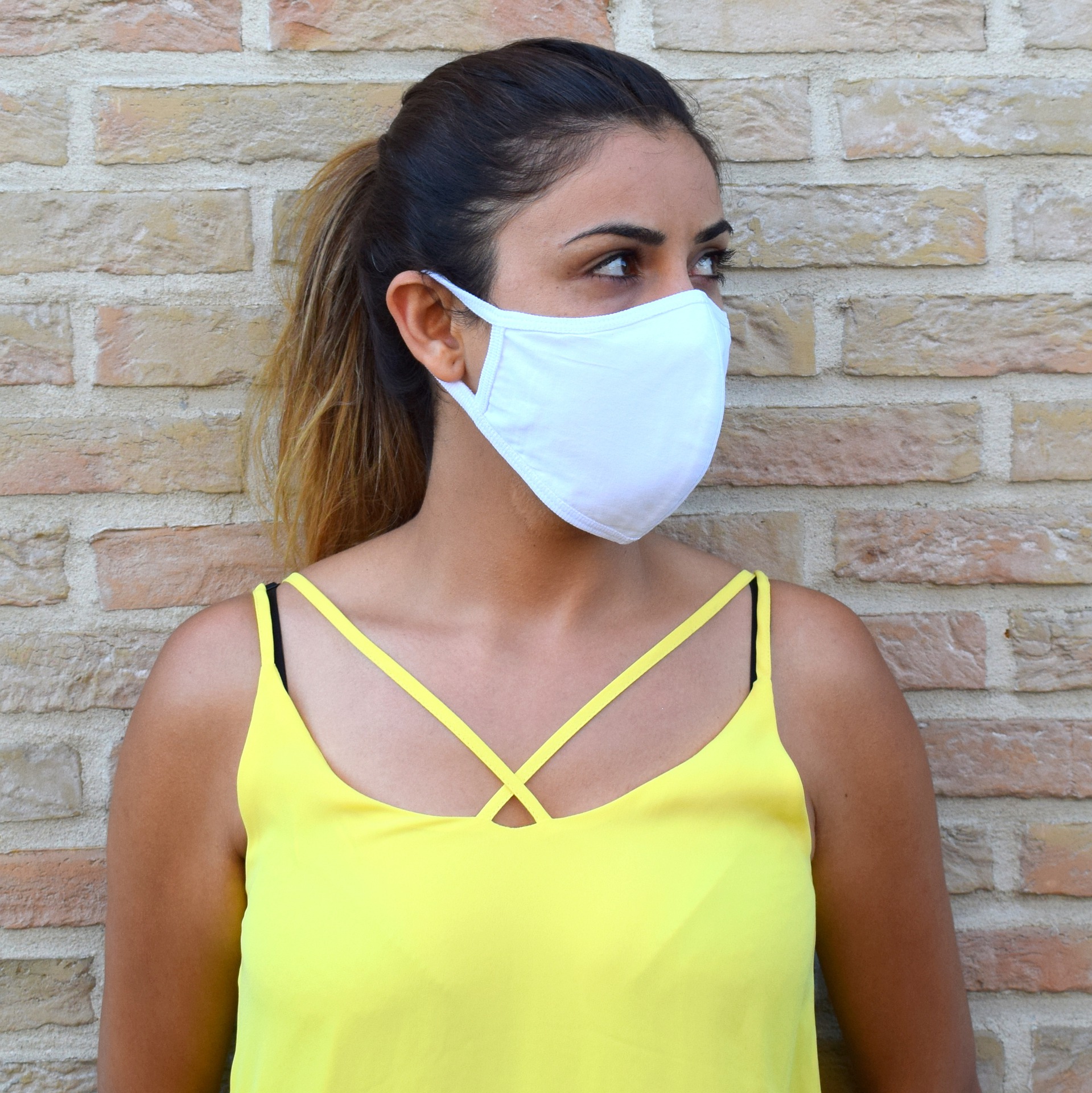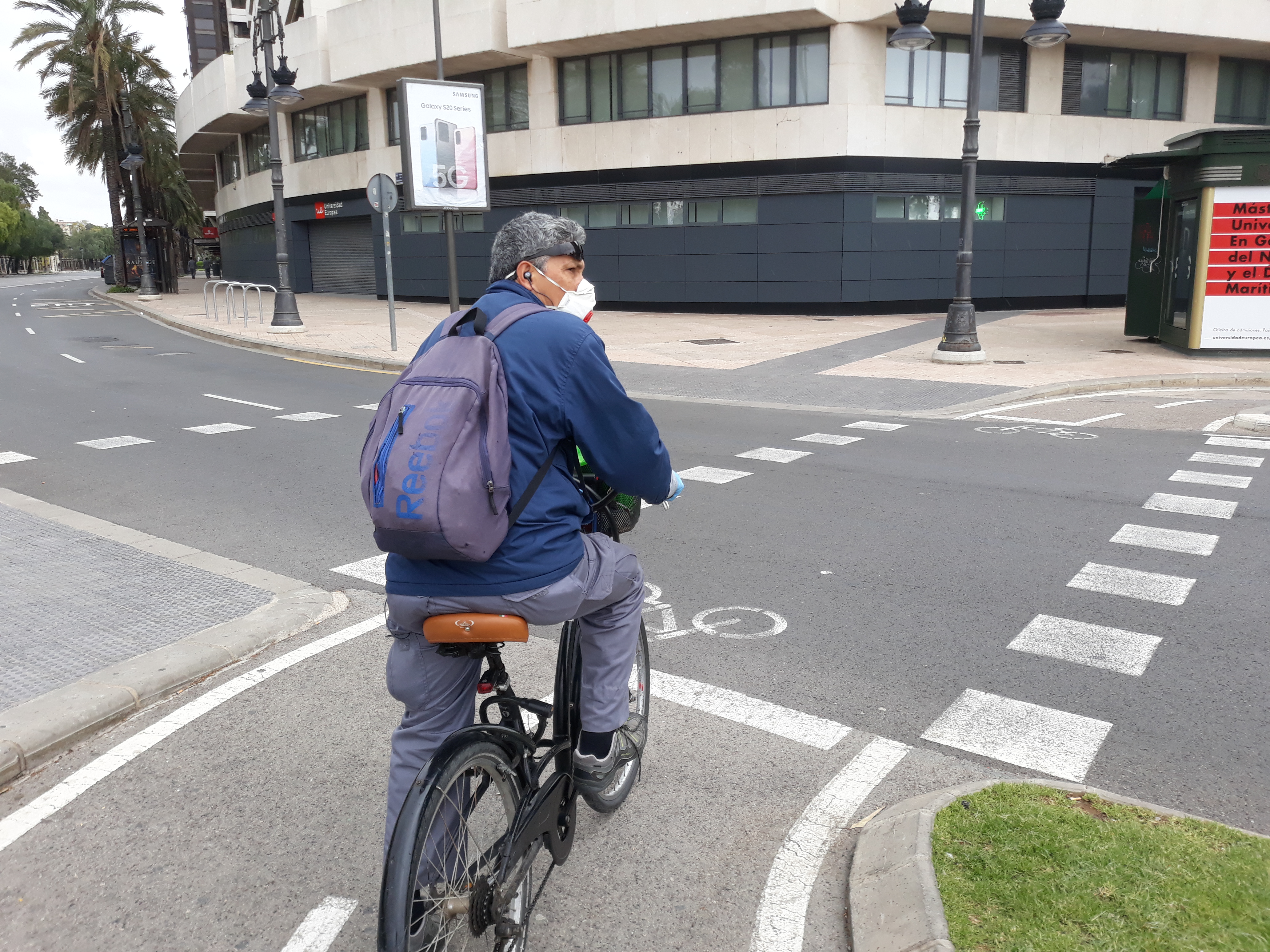They have shown that masks are effective despite the discomfort
2021/01/15 Agirre Ruiz de Arkaute, Aitziber - Elhuyar Zientzia Iturria: Elhuyar aldizkaria

In the management of COVID-19 a debate with the mask arose from the beginning, especially for recommending its non-use at the beginning of the pandemic. Then there was no direct and definitive evidence of the potential benefits and damages with this virus, but as the pandemic progresses, scientific literature has emerged and its study has allowed publishing a review of the mask in the journal Annals of Internal Medicine.
Research has shown that masks, especially infected people, prevent transmission of the virus to other people, but numerous studies suggest a certain protective effect. In Canada, for example, it seems that masks reduced community transmission by 25%. However, scientists have recognized that it is difficult to obtain solid results, because ethically it would be very debatable to design a great social experiment to analyze it in the current pandemic context.
Aerosols
It is increasingly clear through which air particles the virus transmission from the person to the person occurs. The receptor known for the SARS-CoV-2 virus in humans appears in the buconasal, respiratory and pulmonary mucosa, so they are the main entries of infection. When an infected person speaks, it extends the gas cloud and these air particles penetrate the respiratory system of the adjacent people depending on their size: droplets (100-200 mm), large, reach the mucous membranes of the mouth and nose and infect them; inhalable aerosols (10-100 mm) are usually inhaled to the nose and pharynx, penetrating inside the aerosols (5 mm).
According to various studies, aerosol filtration properties vary depending on the type of mask. The evidence suggests that medical masks are more efficient than fabric masks, especially in indoor to outdoor filtration, but they are generating an environmental problem to take into account when manufactured with non-recyclable polymers.
Mask problems are also cultural
The researchers recognize that masks cause discomfort for many people, subjective difficulty breathing, small allergic reactions, headache and communication difficulties, but there is no evidence that they cause physiological imbalances or serious health problems: clinically it is not significant how they affect gas exchange among healthy people at rest.
Regarding the psychological consequences of the use of the mask, they have stated that it conditions three universal human needs: autonomy (ability to freely choose their actions), psychological relationship (feeling that we have a close social relationship with others) and the feeling of being effective to face the pandemic. All of them, to a certain extent, are considered cultural, since the perception varies from country to country. In Western countries, for example, there is a sense that the mandatory use of the mask conditions relations and threatens autonomy, which generates resistance to these policies. In eastern countries, however, it does not produce it. It is sometimes attributed to conformism or a larger collective character of the local citizen, but anthropologists claim that they use a mask to regain the sense of control over uncertainty, in some way, to set a limit to the contaminated. Therefore, in the East, the use of the mask increases the sense of autonomy, affinity and effectiveness rather than reducing it.
Recommendations
According to scientists, until the threat of the pandemic passes, it is advisable to use masks in situations of high risk of transmission and in environments, especially in areas where ventilation is poor and when many people gather. The Recommendation therefore aligns with the proposal of the World Health Organization. In fact, covid-19 patients are isolated, but it is estimated that 20-30% of people with viruses are asymptomatic and many others are asymptomatic. Its main function is to prevent the spread of the virus.
However, they have recognized that it may violate personal freedom in cases where use is mandatory and that it is not easy to balance communication needs with the need to reduce viral transmission. For example, transparent masks allow you to read the lips and see the face, but they are not effective in filtering. Therefore, they see it necessary to investigate and make available masks that damage less and at the same time are more comfortable and effective.

Gai honi buruzko eduki gehiago
Elhuyarrek garatutako teknologia






.jpg)